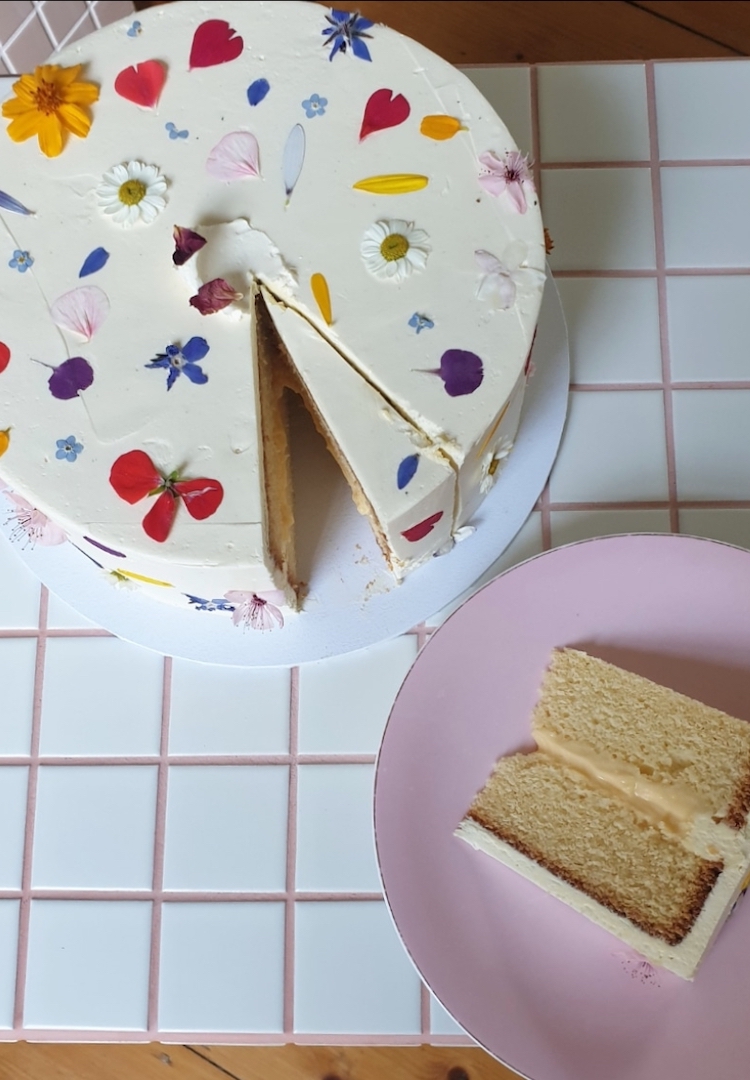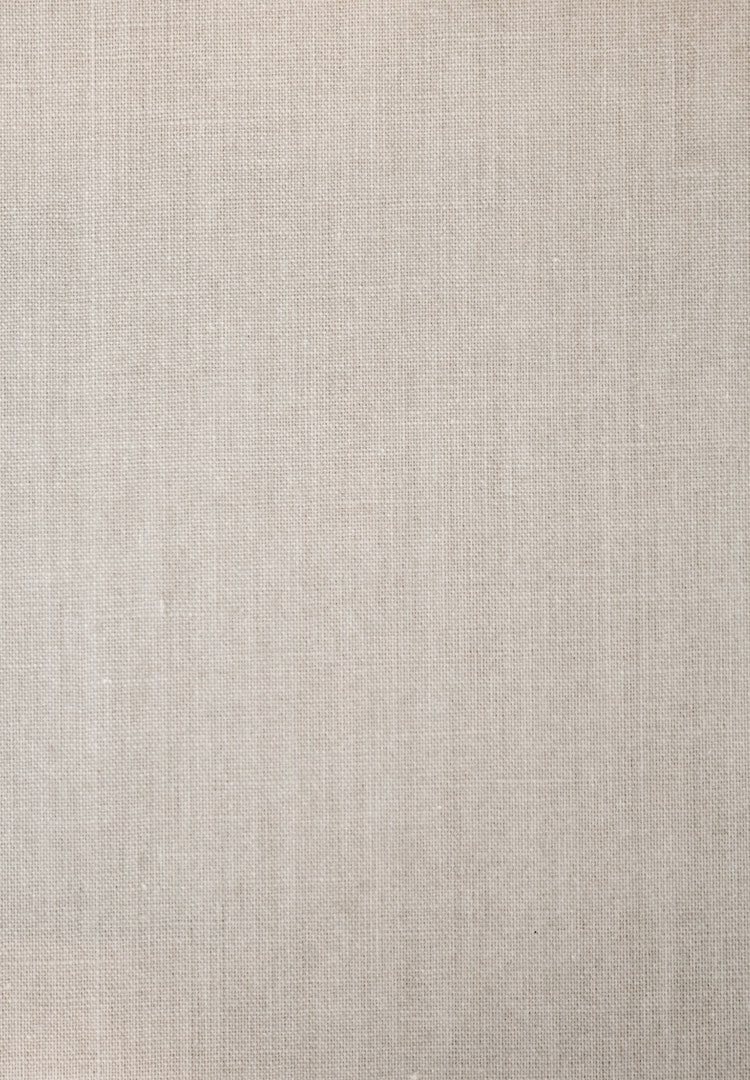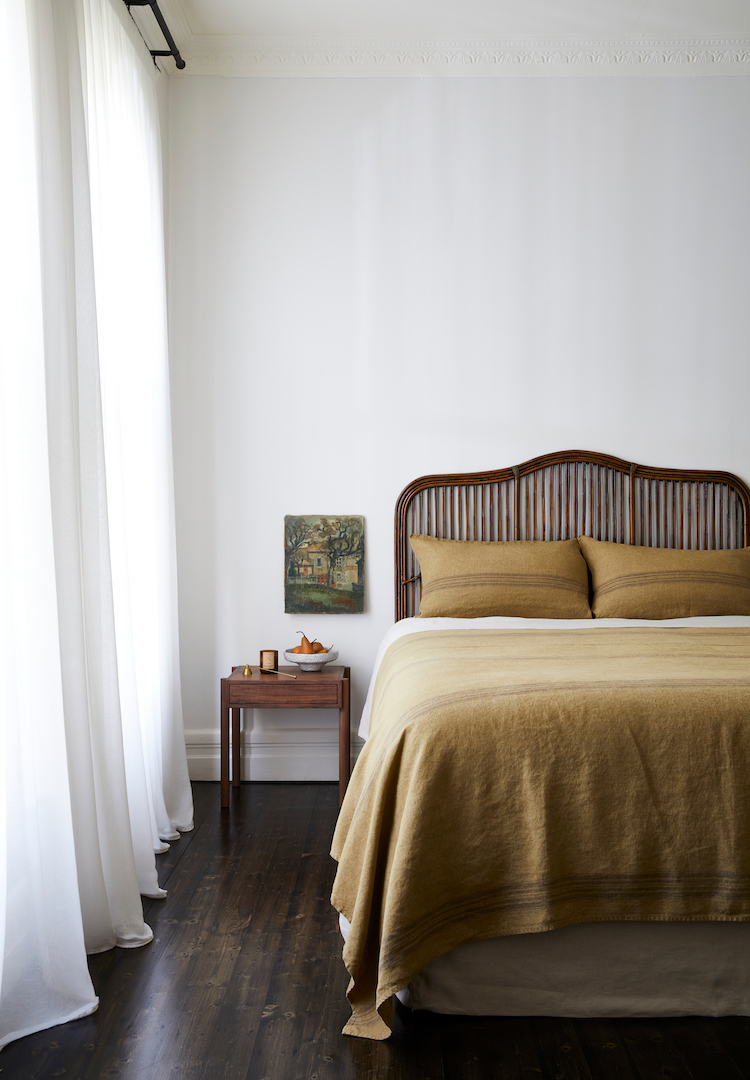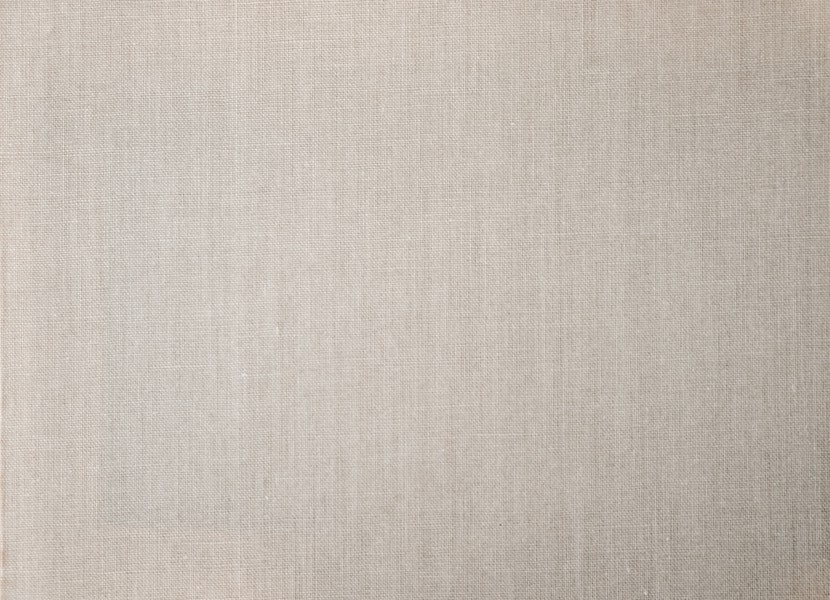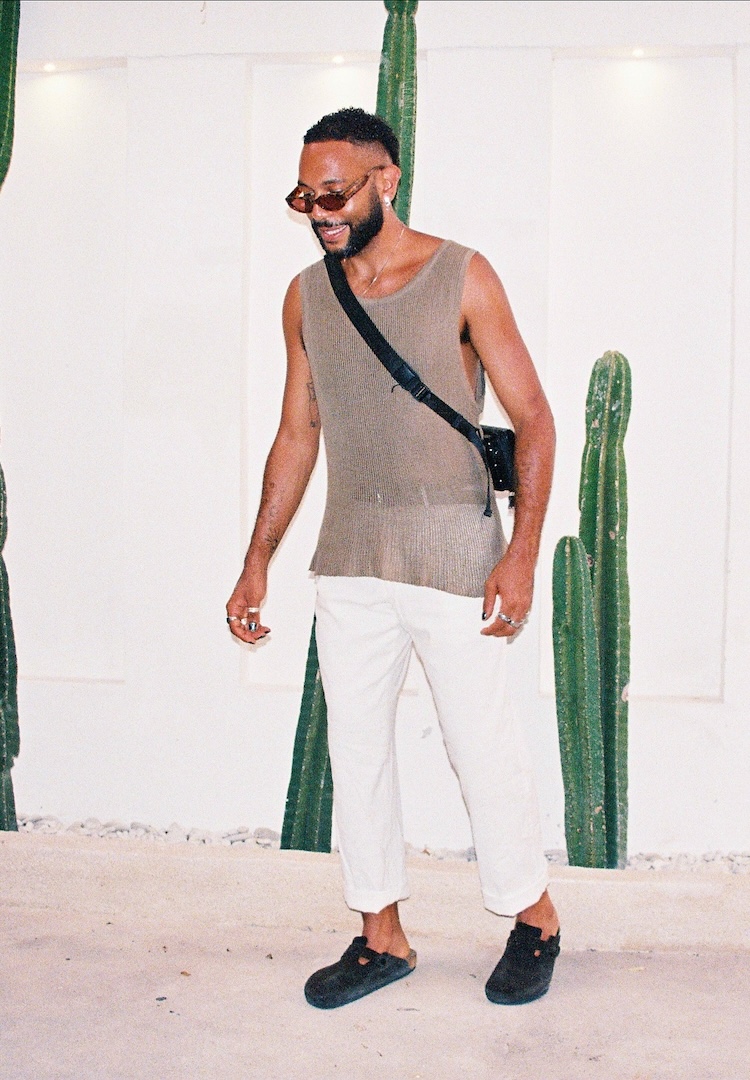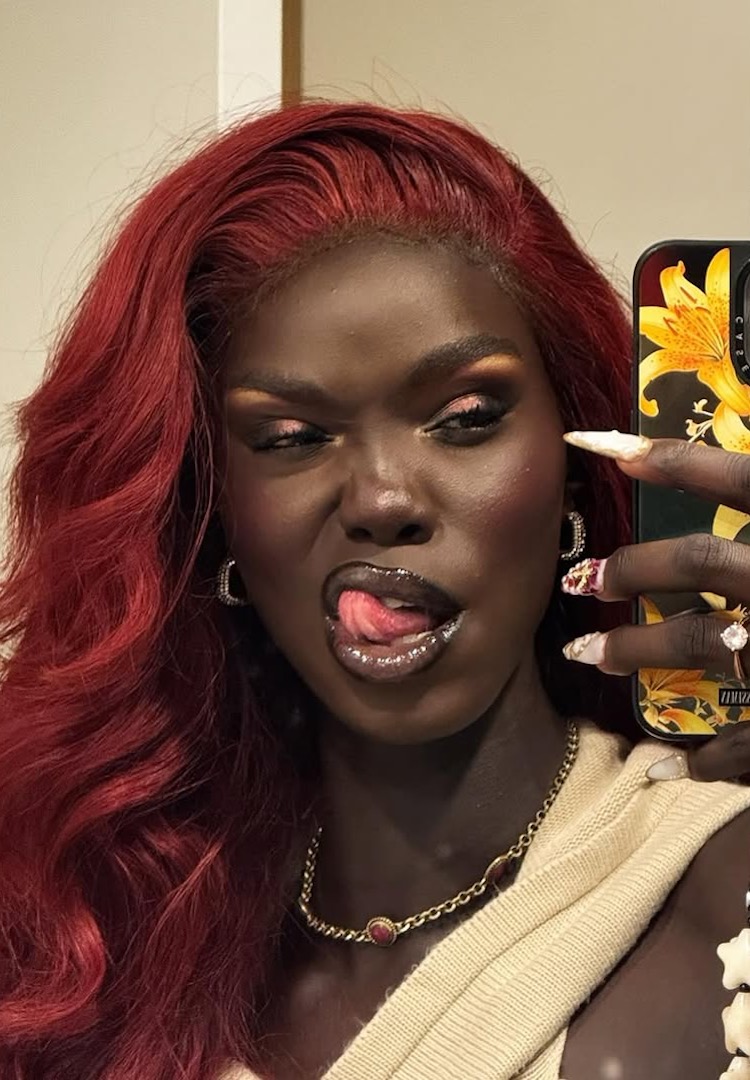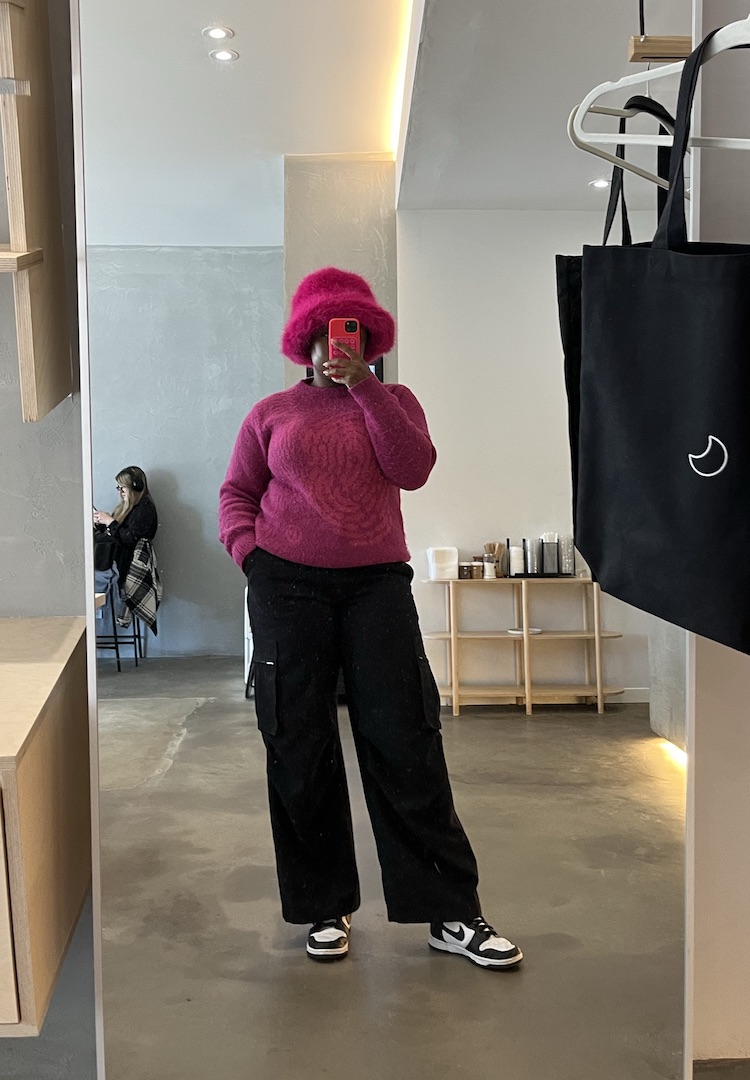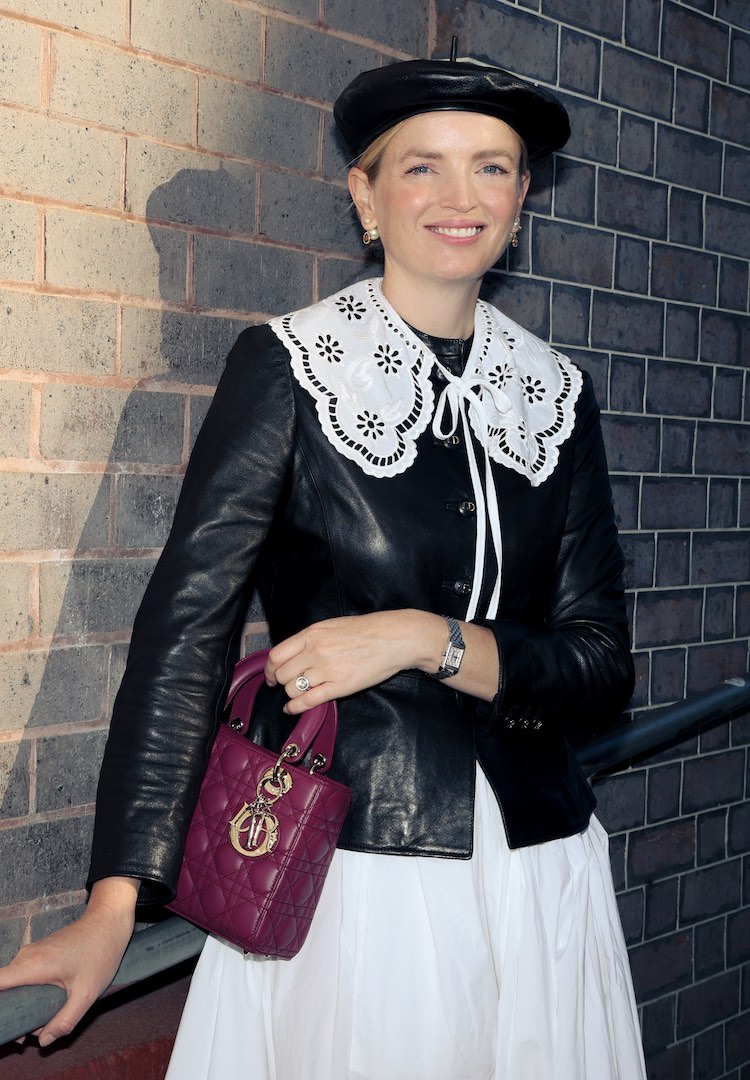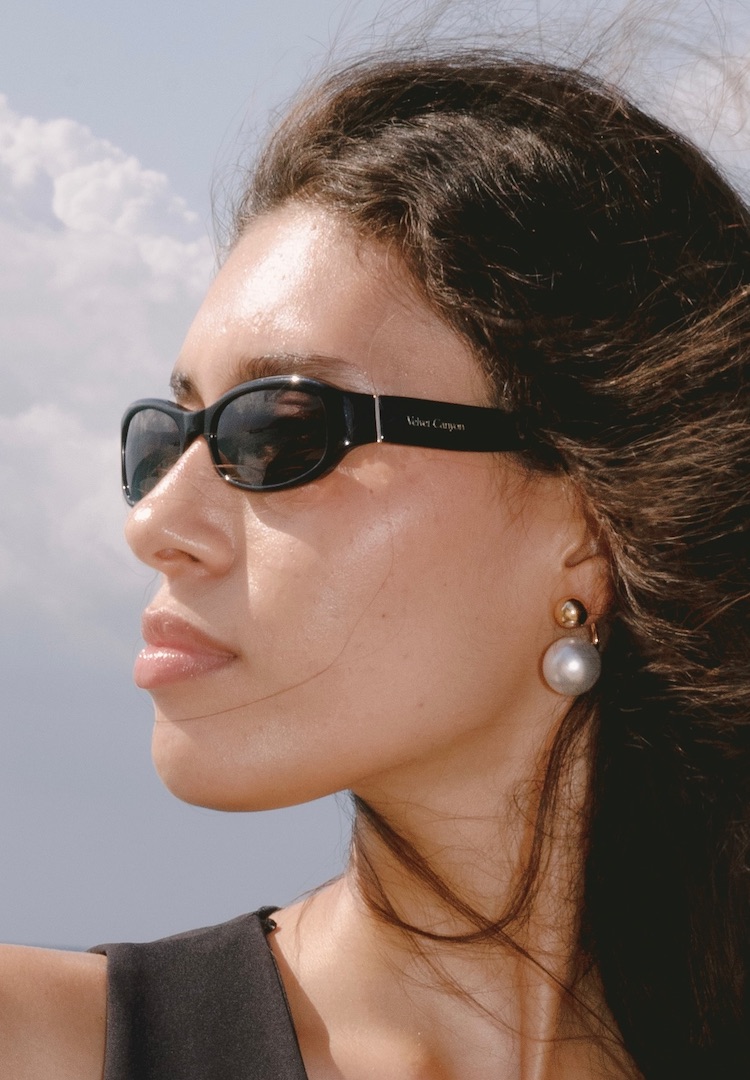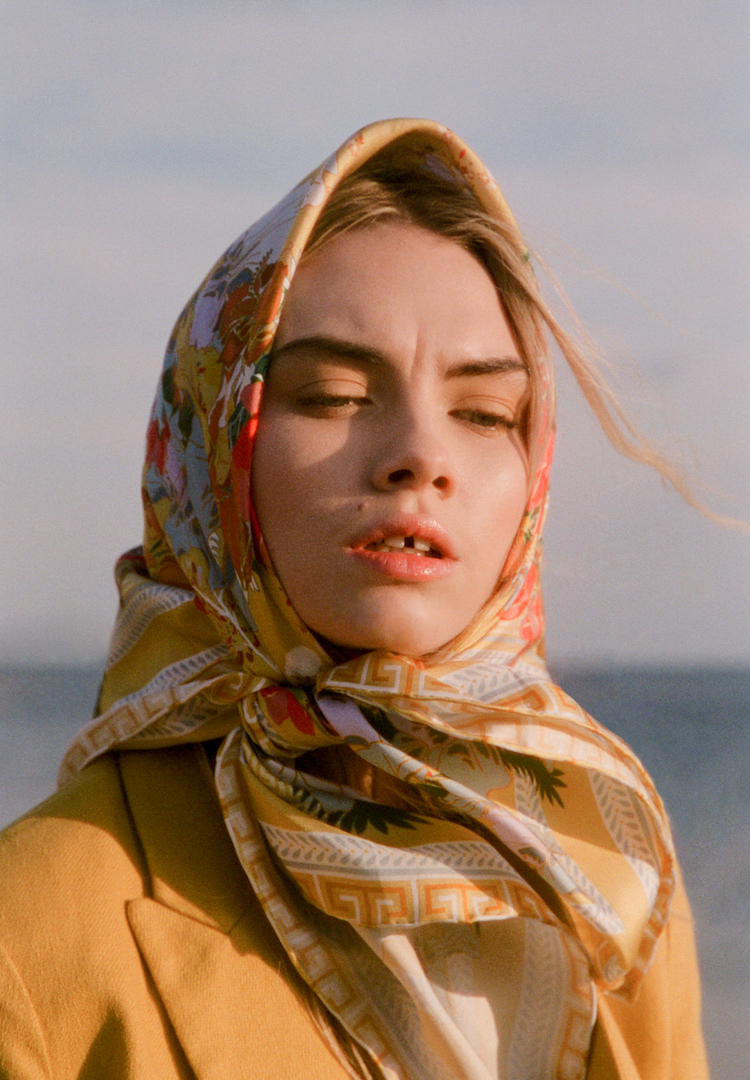An important apology to Aboriginal and Torres Strait Islander communities
WORDS BY GIULIA BRUGLIERA
Explaining our mistakes and looking to the future.
Over the past year, we’ve watched the world change in ways we would never have imagined. Within Australia’s fashion industry, some of this change has been devastating, but there have also been many positive changes.
Importantly, we’ve finally seen First Nations fashion and creative talent come to the fore.
This year, we have witnessed the formation of the inaugural First Nations Fashion Council, dedicated to nurturing Australia’s Indigenous fashion sector. We have celebrated our country’s first ever National Indigenous Fashion Awards, which garnered global media attention. Despite delays due to Victoria’s lockdown restrictions, we’ve been eagerly anticipating the opening of Australia’s first Indigenous fashion exhibition, Piinpi, curated by Kaantju woman Shonae Hobson and due to open in the coming months.
The scale of talent that exists within our First Nations fashion industry is so large, it’s hard to appreciate. It brings to mind the analogy of the fish seeing water: this talent is everywhere, and it stuns to think how Australian fashion media has scarcely paid attention to it until now. Platforms like First Nations Fashion and Design and Australian Indigenous Fashion help us scratch the surface, connecting us with creators nationally, but wider media has an important role to play in partnering with and supporting these platforms.These creatives are unbelievably talented, and have so much to teach the broader industry.
Here at Fashion Journal, we’ve been proud to support the talent within the fashion community, and outside it. Beyond our individual actions, we have been using our platform to elevate important creators, conversations and talent.
For the first time this year, Fashion Journal worked with a guest editor. We were excited to welcome Rona Glynn Mcdonald of Common Ground to join us in creating a series of stories to coincide with this year’s Reconciliation Week. Now, we are proud to be building on and expanding this model, working with the team at First Nations Fashion and Design to create mutually supportive partnerships for the long term. Though only recent, these partnerships have shown us the benefits of collaboration and that such collaboration is necessary if we’re to move forward in a meaningful way.
More than that, however, events over the past few months have shown us just how crucial collaboration is.
Due to a series of decisions and actions by us at Fashion Journal, we have caused intense harm and upset to members of the Aboriginal and Torres Strait Islander communities. These actions are explained below. For these, we are sorry.
We have chosen to make this apology public so that others may learn from our mistakes and better understand the chasm that exists between intention and impact. Even with our best intentions, we have caused serious hurt. I hope that all those affected can hear this apology. I am sorry. We are sorry.
Where we went wrong
Earlier this year, we received screenshots showing a conversation held via Instagram direct message. The conversation was between an Instagram account that had been calling for improved racial diversity and representation in Australia’s fashion and beauty industries, and an unnamed individual. The conversation followed a post by the account, calling on a leading Australian retailer, among others, to be more inclusive in their casting of models represented on social media. The individual had messaged the account with multiple examples of First Nations models who had been previously cast by the brand
In the conversation, the account made comments to the effect that, in their opinion, these models did not have dark enough skin or hair for their inclusion to amount to meaningful representation of First Nations peoples.
Such comments effectively attack the cultural identity of a huge subset of Aboriginal and Torres Strait Islander peoples, with the potential to trigger intergenerational trauma. Any such remarks are unquestionably racist, whether intended or not. It’s a particularly insidious form of violence, often unrecognised by those who perpetrate it, despite its roots dating back to our country’s forced removal of children from their families, now finally recognised as a form of genocide. There is plenty more to be said on this point, I recommend watching this video by Australian model Nathan McGuire for a more in-depth overview.
In our haste to show our support for these models and educate our readers more widely, we quickly wrote and published an article detailing the correspondence and its context.
Within this article, we made two errors that amount to poor journalistic practice. Firstly, it is good and proper journalism to seek a statement from the other side and give them an opportunity to respond, prior to publication. We did not do this. Second, it is good and proper journalism to provide a source for all claims within an article. For one claim, we did not do this.
I am sorry to our readers that we did not meet the standards of journalism to which we hold ourselves. It is not good enough, particularly as collective distrust for the media grows. These failures neglect the responsibilities that our standing and platforms bring. As readers, you should expect better.
Concerned about potential ramifications, we hastily published a retraction and an apology for our lack of due diligence. We did so without consulting the parties involved and without proper consideration of the impacts this retraction would have on First Nations peoples more widely.
Understanding our mistakes
This retraction was a clear betrayal of our purported values and positioning as allies. Where members of the First Nations fashion community are fighting to shed light on this issue, we effectively tapped out, prioritising our own comfort and convenience. This is not what an ally does.
We see so many in our First Nations communities fight tirelessly for equality, for representation and for respect. You fight in a system designed to minimise your voice, that has oppressed you, that has disproportionately and unfairly increased incarceration rates and decreased your life expectancy. We were given the opportunity to fight alongside you. Instead, we chose our own self-preservation, acting out of fear rather than choosing to do what is right. For this, we are sorry.
We are extremely grateful to have had those involved give their time and energy to communicate the deep and widespread hurt that our retraction had caused. It’s rare that people speak up against injustice; and even more rare that they may be open to engaging in a dialogue. My sincerest thanks go out to you.
Simultaneously, I would like to invite anyone who has been hurt by our actions to get in touch with me here. I would like to hear any sentiments you’d like to share, and hope to personally apologise on behalf of Fashion Journal and make it right.
Moving forward
Since I re-joined Fashion Journal as Managing Editor in 2019, I have been extremely proud of what we have achieved in expanding our editorial offering from snappy, light and entertaining articles, to include critical discussions about issues that affect young Australians, from a diverse range of perspectives. Values such as fearlessness and inclusivity now sit at our heart.
Our work in making Fashion Journal an inclusive space is slow and gradual, but aimed towards real, long-term, sustained change, made in meaningful consultation. To the many people who have already given their time towards this goal, thank you.
To all out there, if your workplace hasn’t offered cultural training, request it. It is a small expense and a necessary step towards equality. If you posted a black square, but haven’t requested cultural training, think about what that means. We should all be furthering our own education as individuals, as well as pushing for organisational and systemic change. Podcasts, books, articles, movies, TV shows, Instagram accounts and Twitter feeds are a great starting point for self-education, and we have previously shared such resources here. I encourage you to revisit these.
Finally, we look forward to working in close collaboration with the First Nations fashion community and hope that in time, we can move forward together. First Nations fashion is the future of Australian fashion, and we can’t wait to celebrate it with you.

